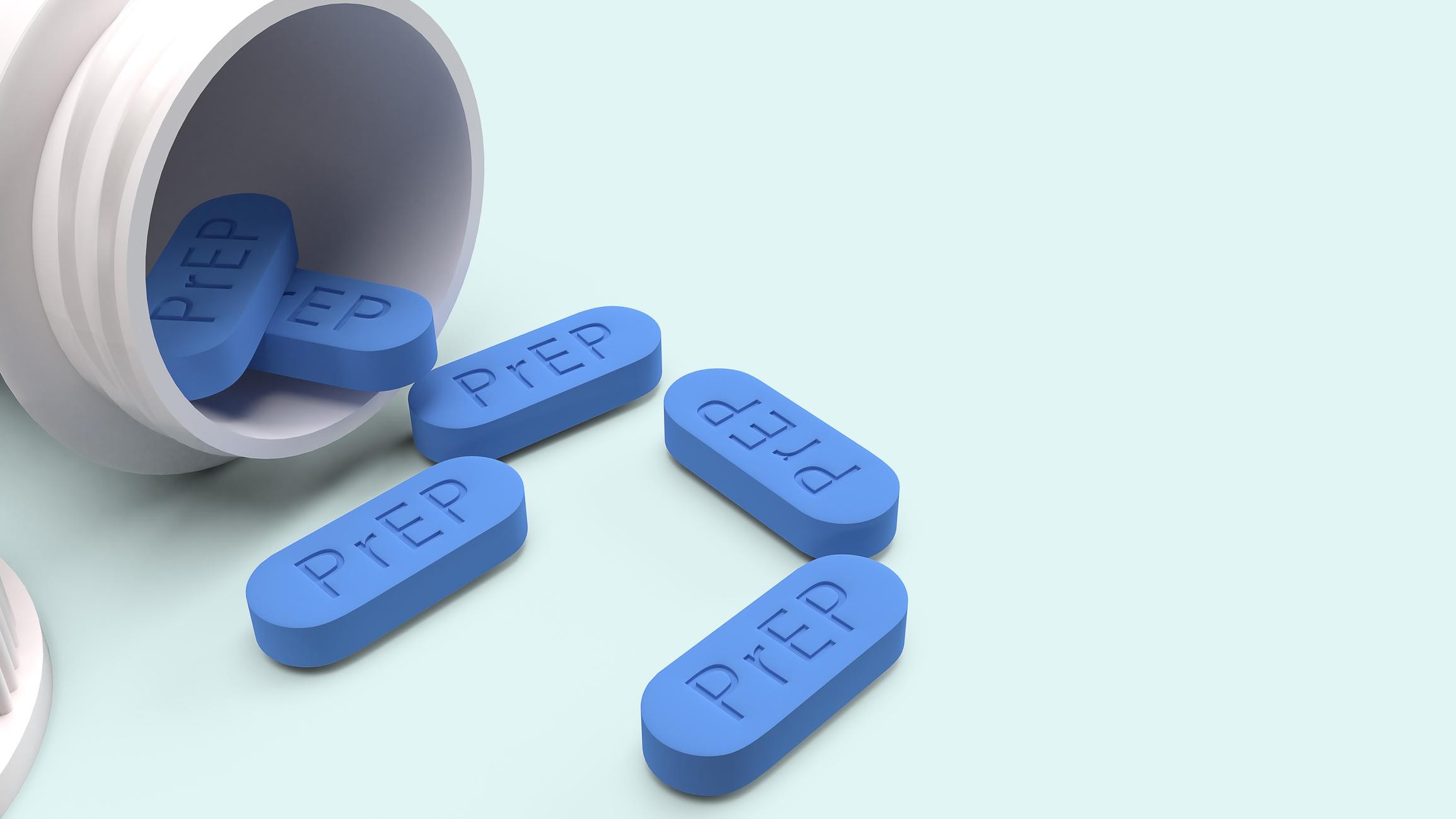
Medicines to prevent HIV infection, called “pre-exposure prophylaxis” (or PrEP), are known to dramatically reduce a person’s risk of getting HIV from sex and IV drug use, cutting the risk by 99 percent and 74 percent, respectively. Yet, a majority of the people who could most benefit from taking PrEP are not being prescribed these drugs, according to a study led by researchers in the University of Maryland School of Public Health.
“We found that PrEP is being under-prescribed for Black persons, heterosexual persons, women, those with a recent sexually transmitted infection (STI), and those using illicit drugs,” said Brad Boekeloo, a professor of behavioral and community health, who led the study which was published in AIDS and Behavior. “As a strategy for eliminating HIV infection, it could be highly effective, but the way it is being administered, it is not.”
The study findings reinforce data from the U.S. Centers for Disease Control and Prevention (CDC) which show that PrEP prescriptions are not being given out equitably. CDC data from 2020 show that while 25 percent of all those eligible for PrEP were prescribed it in 2020, only 9 percent of Black/African Americans and 16 percent of Hispanic/Latino people who would benefit from it had received a prescription.
Dr. Boekeloo undertook the study, which examined patient electronic medical records and provider prescription data from the Kaiser Permanente Georgia health maintenance organization (HMO) in Atlanta, to identify patient risk factors associated with HIV infection and whether these same risk factors were mirrored among people who were not HIV+ and being prescribed PrEP. Risk factors for HIV included being older, being Black, being male, having a mental health diagnosis, being diagnosed with an STI and reporting same-gender sexual partners.
CDC-designated risk factors including exchanging sex for money or drugs, HIV serostatus of sex partners, number of sexual partners and types of sexual behaviors were not available in the Georgia HMO’s electronic medical records suggesting that these factors were not systematically accessible to inform PrEP prescription.
Boekeloo and team, which included lead author Tina Davis MPH ’04, PhD, a behavioral scientist with Kaiser Permanente, compared the characteristics of the HIV-positive group (1,049 patients) with the characteristics of the non-HIV infected patients who were being prescribed PrEP (523 patients). They identified which HIV-associated characteristics were associated with a health care provider under- or over-prescribing PrEP.
“When the characteristics didn’t match — that is, the high HIV-risk members were not receiving a PrEP prescription— we interpreted that there was an inequitable prescription of this medication,” Boekeloo explained.
“While our results may not be surprising, it drives home the point that the health care system is not a bias-free environment,” Dr. Boekeloo said. “White men may continue to be privileged in health care. Awareness and equity needs to increase to change this disparity.”
The paper, Examining HIV Diagnosis and Linkage to PrEP Prescription Among Members at An Integrated Health System in the Southeast United States was written by Teaniese L. Davis, Mona Mittal, Adanna C. Oragwu, Min Qi Wang and Bradley O. Boekeloo and published in the journal AIDS and Behavior.